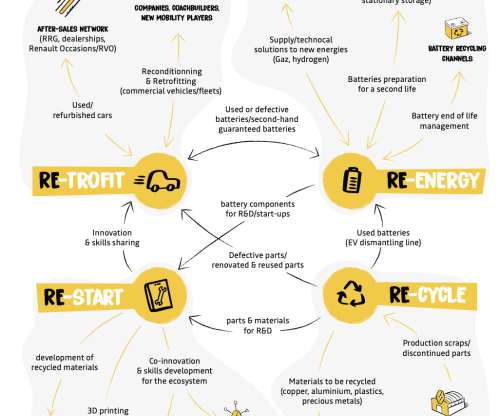New inexpensive catalyst for conversion of CO2 to CO could help with storage of renewable energy
Green Car Congress
JUNE 23, 2013
The combination, suggests the team in paper published in the Journal of the American Chemical Society , could integrate into energy storage and distribution networks to provide a means for renewable energy storage. Journal of the American Chemical Society 2013 135 (24), 8798-8801doi: 10.1021/ja4033549.








































Let's personalize your content